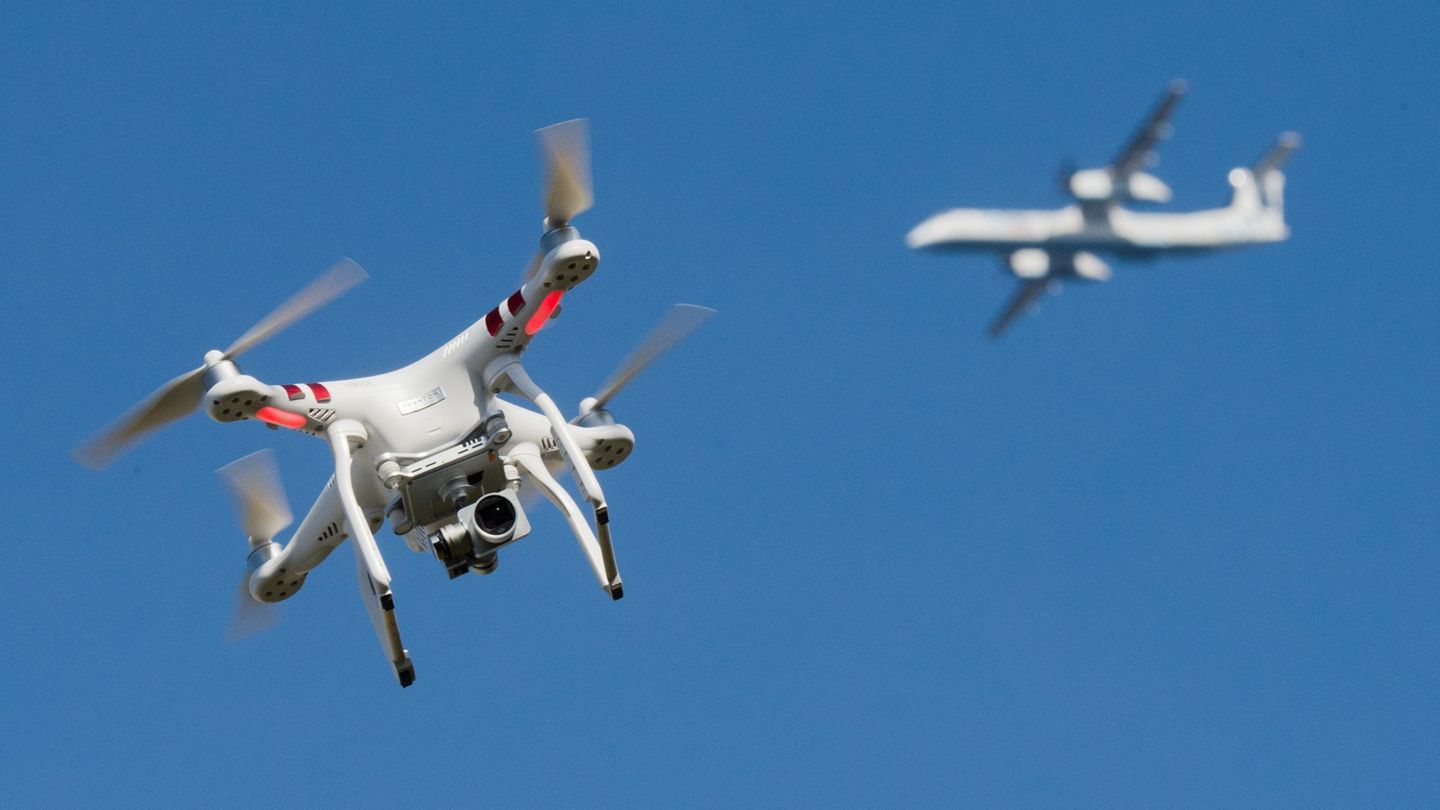Image: VOLKER Weihbold
Making the city center more attractive has not just been an issue in Linz since yesterday, quite the opposite. The new city center concept that is currently being developed is intended to provide answers to major questions: from traffic calming to greening measures.
Linz City Security Councilor Michael Raml (FP) wants to take Wels as an example in the repositioning process, where Mayor Andreas Rabl – a party colleague of Raml – managed to significantly reduce vacancies and position the city center as a strong brand.
Although the vacancy rate in Linz, at 3.7 percent, is not dramatically higher than in Wels (2.3 percent), the southern part of the Linzer Landstrasse in particular gives a completely different, i.e. not a pretty, image when you walk through it, says Raml.
Provide social experience
When Rabl became mayor in 2015, the vacancy rate in Wels was 10.4 percent and the psychological strain was great. With many building blocks, including the development of an event strategy and conversion and greening measures, it was possible to turn the tide. This year alone, 55 new openings were counted in Wels, as well as 243 inquiries about commercial properties in the city of Wels.
At today’s media event, Rabl emphasized that city centers must position themselves consistently in relation to online trade, and that the Internet cannot offer a physical quality of stay and social entertainment.
One approach in Wels was to modernize the infrastructure, says Rabl. Complaints about poorly paved paths and shoe heels getting caught in the cracks were a thing of the past. The creation of drinking water fountains and tree plantings were also a central element.
But a good product alone is not enough, it needs to be stimulated, says Rabl. Companies and customers who have already turned away are difficult to bring back. In addition to various event formats, it was therefore decided in Wels to establish a business service, the aim of which is to network homeowners and business people and thus prevent vacancies that arise from a possible change of tenants. The clear task of this “caretaker”, as Rabl calls him, is to provide educational work on rents that are adequate for the market. This is often difficult, but absolutely necessary. At the same time, there is a strong focus on owner-managed businesses in Wels.
Suggestions do not only trigger enthusiasm
Rabl also emphasized the parking management as an important point. In Wels you can park for 50 cents for one hour, with a lunchtime tariff you can park for three hours for one euro. He is convinced that this is an important competitive advantage.
Raml thinks so too. In addition to parking fees, he wants a “vacancy caretaker” for Linz and an expansion of the drinking water fountain. These three points should be a central part of the new inner city concept.
Such a vacancy manager actually already existed in the form of City Management Linz GmbH, which has since been dissolved, but with the “right” person such vacancy management can work, says Raml. This position should be located in the municipal economic department under Mayor Klaus Luger (SP). Contrary to the voices of the FRÖ, Linz took a different approach to parking fees than Wels years ago, and this should be revised. When it comes to drinking water fountains, Raml wants to break the 100 mark next year.
Vice Mayor Tina Blöchl (SP), who is responsible for parking fees, says that parking fees in Linz are at a moderate level, she sees no need for a reduction. The tariff is currently one euro per half hour. Linz is definitely an attraction for people from the surrounding communities, making parking more attractive is the wrong approach. Instead, public transport should be promoted, says Blöchl.
The city councilor for climate, Eva Schobesberger (Greens), who is responsible for the drinking water wells, is open to Raml’s desire for more drinking water wells. These are also an important part of the climate change adaptation concept, and the stock is constantly being expanded.
Mayor Klaus Luger (SP), who is responsible for business issues, sees no need to hire a vacancy manager. “We don’t have a precarious situation in Linz as far as vacancies are concerned,” says Luger, who also mediates in such questions himself. Rather, the mayor wants to focus on squares. Here Luger mentions the creation of a fountain on Pfarrplatz as an example. There is of course a need for action on the southern highway, the encounter zone did not bring the desired effect here. But here, too, he is convinced that the sector mix and the real estate situation are not the only problem.
topic in the city senate
City councilor Dietmar Prammer (SP), who is responsible for the new inner-city concept, invites Raml to submit his proposals to the city senate, where a presentation on the current status and further timetable is planned: “And then we’ll talk about it.” As reported, the results should be available by autumn 2024 – in addition to politicians, other stakeholders and citizens should also be involved in the concept development. Prammer did not want to comment on Raml’s suggestions in advance – also with reference to the fact that these would not fall within his departmental responsibility.
Source: Nachrichten




